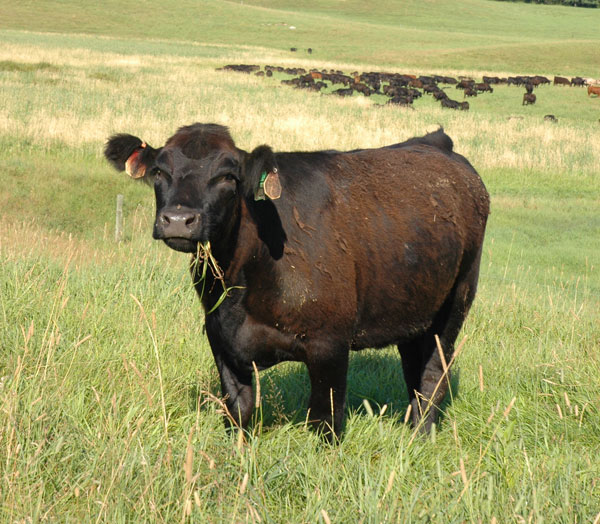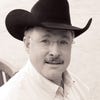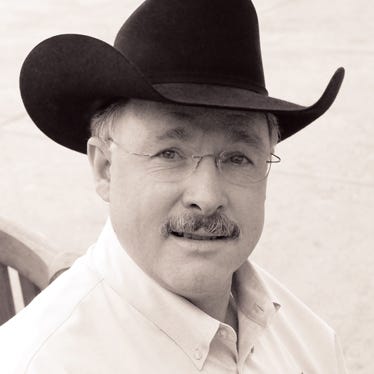Beef cow, replacement heifer numbers increased in 2015
Herd expansion was confirmed by the semi-annual Cattle Inventory report released by USDA at the end of January.
February 18, 2016

Producers expanded the nation’s cowherd at least as much as expected, and more than expected in some cases, according to the semi-annual Cattle Inventory report released by USDA at the end of January.
Getting a feel for the absolute level of growth is less straightforward, because the report also has revisions to the 2015 inventory.
Consider beef cows. There were 30.3 million head Jan. 1 — about 1 million more than a year earlier — a 3.5% increase. But USDA decreased the 2015 total by about 400,000 head, according to Darrell Peel, Extension livestock marketing specialist at Oklahoma State University. Rather than the 2.1% increase reported (2014 growth) last year, it was 0.7%. Even so, the beef cow inventory at the beginning of this year is less than Peel expected.
Likewise, beef replacement heifers Jan. 1 are reported at 6.29 million — 3.3% more than a year earlier.
“The 2016 level was smaller than expected, but the 2015 number was revised up by roughly 300,000 head, indicating that the 2015 beef heifer total was up 9.6% over 2014, compared to the previously reported 4.1% year-over-year increase,” Peel says. “As a result, the revised numbers have the 2015 beef replacement heifer total at 6.09 million head and the 2016 total at 6.29 million head.”
The 9.6% increase in beef replacement heifers from 2014 to 2015 is the largest year-over-year increase since 1974, Peel says. Beef replacement heifers are now reported at more than 20% of the beef cow herd for both 2015 and 2016, the highest levels since 1969.
Major cattle-producing states were among those gaining added traction in beef cows and beef cow replacements. For instance, with the exception of Montana (-1%), the year-to-year increase in beef cow inventory was 3% to 5% in all states with more than 1 million beef cows (Table 1). Texas, Oklahoma and Missouri also posted gains in replacement heifers (Table 2).
All cattle and calves in the U.S. at 89.1 million head on Jan. 1 is 3% more than the previous year. Though larger than expected, Peel says USDA lowered the 2015 total by about 650,000 head. “This implies that total herd growth in 2014 was 0.7%, rather than the previously reported 1.4% year-over-year increase,” he says. “The overall increase over the two-year period is close to expectations, but the report now says that more growth occurred in 2015 and less in 2014.”
The massive increase in feeder cattle supply was perhaps the most surprising element of the recent report. At 25.9 million head, the feeder supply spiked 5.3% higher from the previous year. Here again, Peel says revisions mean the feeder supply in the 2015 report was 1.9% less, rather than the previously reported increase of 0.5%.
“Without the revisions to the 2015 numbers, the 2016 estimated feeder supply would be up 2.8%,” he says.
Taken together, Peel says the increases over the past two years is close to expectations, but there was more growth in 2015 and less than previously calculated in 2014.
You might also like:
Can you use snow as a water resource for your cattle?
100+ spring calving photos from readers
It's hay time! 10 new mower conditioners in 2016
Wendy's addresses antibiotic use in beef production
9 new pickups for the ranch in 2016
15 best winter on the ranch photos
Calving Checklist: Everything you need to know & have before calving
Does it really take six years to cover your costs on a cow? NO
About the Author(s)
You May Also Like





